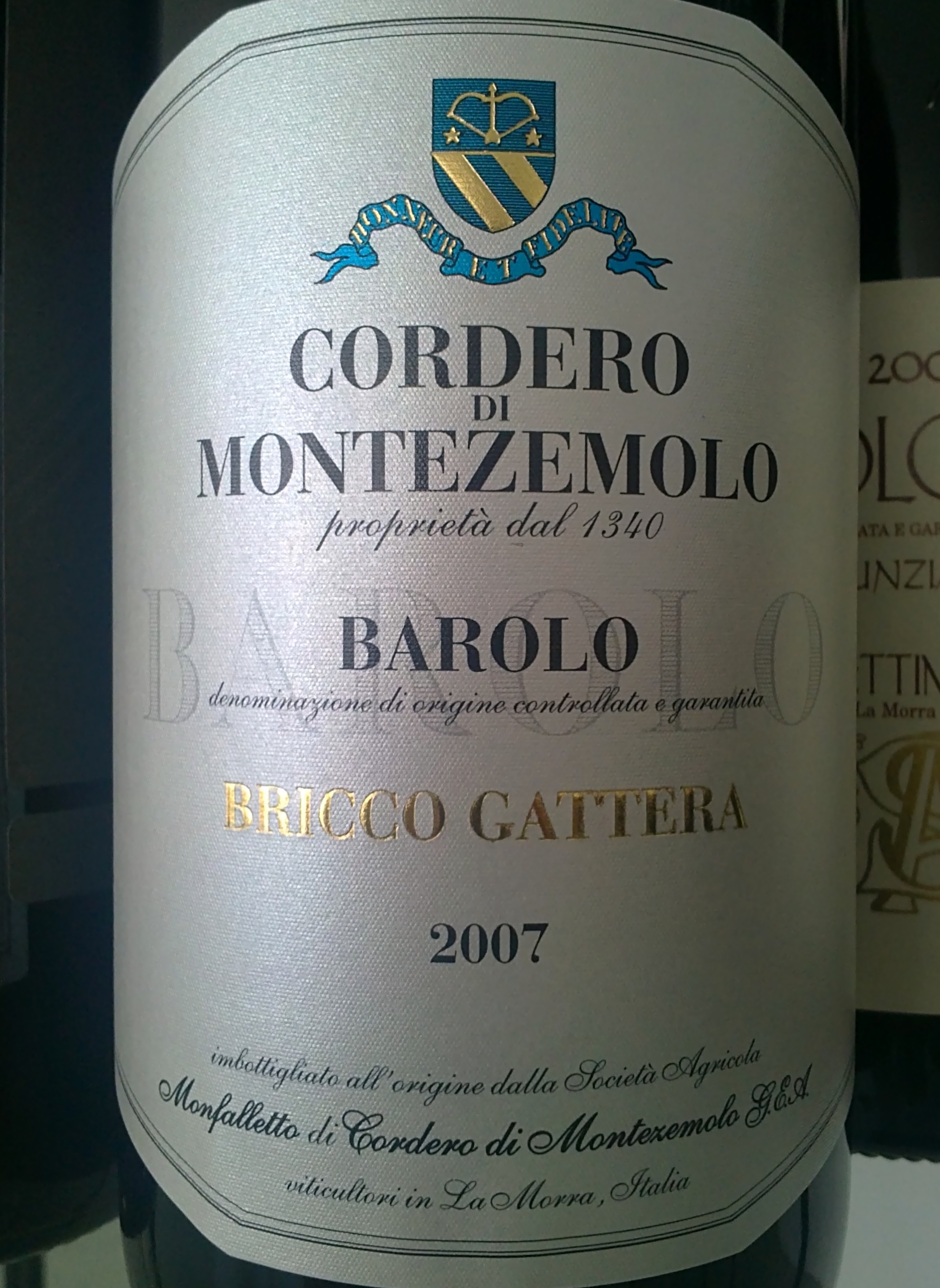Blind tasting, day 4: cappuccino Barolo
Posted on 12 May 2011
It’s been a tough day at the Nebbiolo Prima 2011. I tasted 38 Barolos from the La Morra town and it was a pain. Flabby, drowned in oak, overextracted with drying tannins, and many wines with premature oxidation at age 4.
The Barolo appellation comprises five major villages: Serralunga, Monforte, Castiglione Falletto, Barolo and La Morra. (There are a few minor ones like Novello and Verduno, about which I’ll blog tomorrow). The above order represents decreasing tannic power and increasing elegance and softness. The Barolos of Serralunga are very tannic and tight in their youth. By contrast, those of Barolo and La Morra, grown on richer soil, are usually fruitier and readier to drink.
But an important aspect is what winemaking style a producer will embrace. La Morra is a bastion for the modernist style of Barolo: short vinification, aged in small oak (much of it new), dark colour, rich fruit, low acids, soft tannins. The greatest proponent of this style is Elio Altare, and there’s a group of young producers gathered around him, colloquially named as the Altare Boys. At the height of the modern Barolo rage in 2000, the Altare Boys conquered the American market and collected gazillions of Parker and WS points. The following decade saw a major change in consumer attitude, though. The new oak excesses were rejected and there is a universal claim for more elegant, drinkable, and typical wines. Typical traditional Barolo is exactly the opposite of the new-wave La Morra style: it should have high acids and powerful tannic structure for long ageing. It should also have fruit, but the natural character of the Nebbiolo needs to be preserved.
For reasons I can’t understand La Morra producers insist on the new (now become obsolete) style. These wines are really a pain to drink. And it was the same in the 2005 and 2004 vintage. They lack vital freshness, taste of coffee ashes, melted chocolate, plum jam, peanut butter, cappuccino, vanilla custard, but never of the raspberries and strawberries and violets that are the typical profile of Nebbiolo. Out of 38 today they were only two that I’d remotely consider buying. For wines that retail between 30 and 50€ per bottle, it’s frankly disappointing. And it’s not only about the style: I prefer traditional Nebbiolo but when a wine is balanced with good fruit, I don’t have a problem with a modernist one. But many La Morra wines today just had technical faults: oxidation, reduction, brett, malo problems, unripe acids, aggressive tannins.

Photo taken on a random sample of 2007 Barolo from La Morra. Note the deep purple: traditional Barolo is a light transparent ruby.
La Morra producers are looking more and more like a sect. (Not all of them, of course). Their insistence on the modern style is increasingly ignorant of the outside world. If you’ve read on the papers that the world is turning towards more elegant, drinkable wines, producers from La Morra apparently don’t read the same papers. The biggest mystery is who is actually buying (and hopefully enjoying) these wines. The barrique style is allegedly gauged at the American palate but all the American wine writers and buyers I’ve spoken to here in Piedmont say they hate it.
The day was saved by 28 Barolos from the village of Monforte, many of which were good, and had all that was missing in La Morra: freshness, zest and typicity. (The Brunate vineyard from La Morra also showed well, but it’s really a cru of Barolo with much more grip than other plots in La Morra). As every day here at Nebbiolo Prima, the below slideshow will show you my best picks of today’s tasting:
[slideshow]
Disclosure
My trip to Piedmont including flights, accommodation and wine tasting programme is sponsored by the Albeisa association of wine producers.



